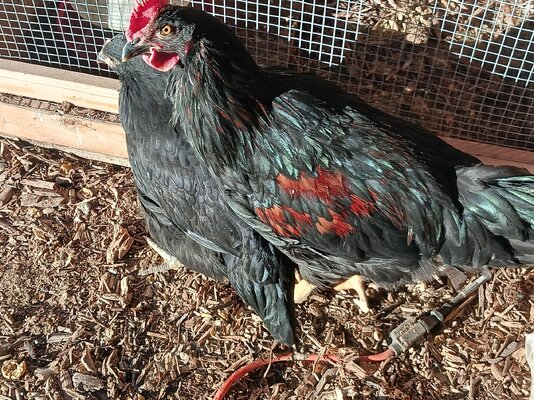Rose_adamaj
Songster
I think my mystery chick might be a Black Jersey Giant. I’m assuming it’s a roo, received it with my order of RIR.
Made me start wondering what the offspring would be if I bred him to a RIR hen.
Has anyone done this? I am not familiar with this breed, what I have read makes me think I might want to keep it.
Thank you in advance
Made me start wondering what the offspring would be if I bred him to a RIR hen.
Has anyone done this? I am not familiar with this breed, what I have read makes me think I might want to keep it.
Thank you in advance





